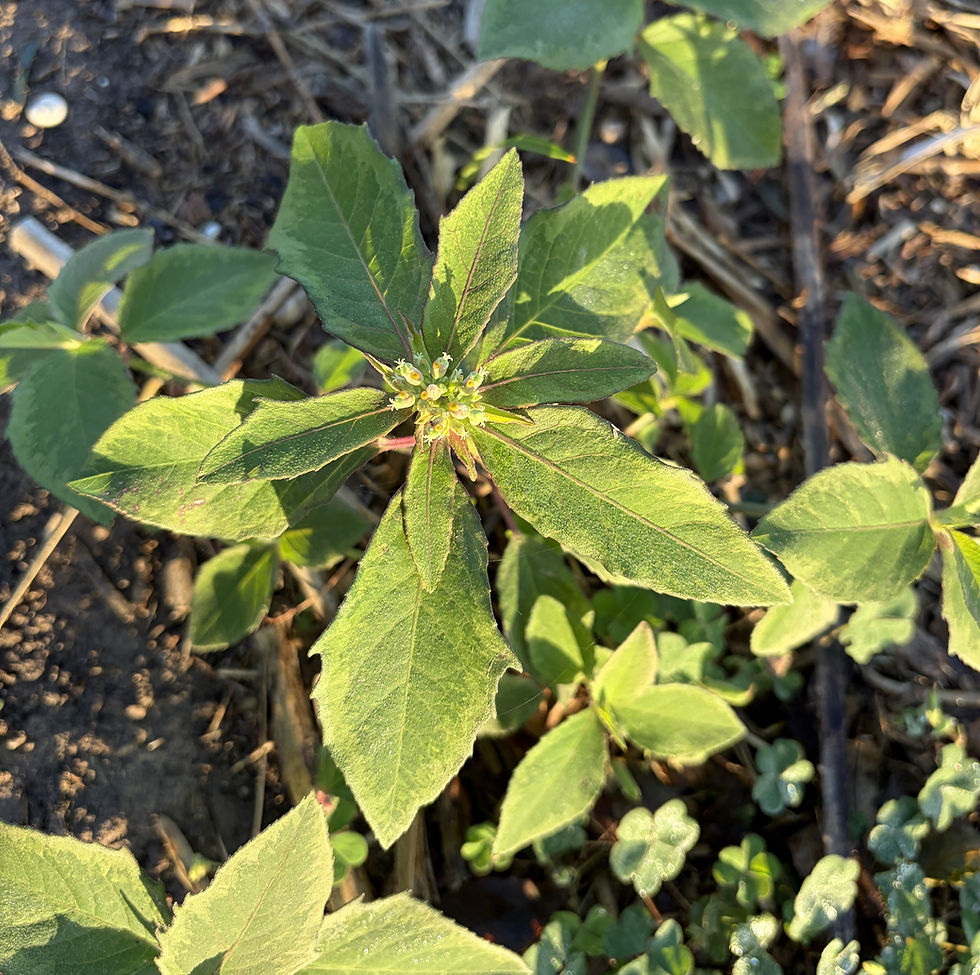Think big; think to the future
- jjvanm
- Apr 1, 2023
- 2 min read

Published in the McAllen Monitor, April 1, 2023
Story and photos by Anita Westervelt, Texas Master Naturalist
Some of the more majestic native Rio Grande Valley trees are slow growing and interesting to watch as they develop through their early years.
Texas ebony, Chloroleucon ebano, can grow to 50 feet tall with a canopy nearly as wide. It has dark green leaves that remain on the tree all year. The branches have paired spines. In summer and after rainfall, plumes of creamy white, fragrant flowers drape the branches. Consider an appropriately large space in your yard for this tree. It grows a dense canopy with branches often draping to the ground. Young branches have a zig-zag appearance as the growth changes direction at each node.
Texas ebony offers cover, roosting, nesting sites, and protection for birds. It is host to several butterflies and the black witch moth. Small mammals and insects eat the leaves and seed pods. The flowers provide nectar for bees, butterflies, and other pollinators.
Anacua, Ehretia anacua, is another tree that needs a lot of room to grow in its natural shape. It can grow to 40 feet tall but is generally smaller. Both top and underside of leaves are rough, like sandpaper. The tree is free of thorns. Anacua can be pruned to traditional tree shape or left to form a multi-stemmed shrub with branches to the ground, for critter cover. The thick, dark-green canopy provides shelter and nesting sites for birds and hiding and resting places for small mammals.
In spring, sweet-smelling white flowers attract butterflies, bees and other insects for nectar and pollen. Anacua is second only to Texas ebony in drawing beneficial bugs. Leaves full of tiny holes indicate a healthy native habitat. After blooming, flowers form green berries that turn orange when ripe, providing food for birds and other wildlife.

For a shorter, faster growing tree, look to the potato tree, Solanum erianthum. It can grow to heights of 12 feet with an umbrella shaped canopy about as wide. The large leaves are covered in fine hairs, giving the tree a gray-green cast. The soft wood is easily pruned with loppers.

Clusters of tiny white flowers bloom spring through fall followed by clumps of round green fruits that turn various shades of yellow while ripening. Chachalacas eat the berries and leaves. The unripe fruit is a food source for butterflies, like tawny and hackberry emperors. Flies, wasps, bees, ants, other insects and a variety of butterflies and moths visit the flowers, fruit and leaves.

Potato trees are in the Nightshade family, as are tomatoes and potatoes. White-spotted Arvelius, Arvelius albopunctatus, known as tomato stink bug, uses Solanum erianthum as a host. Your tree may be laden with colonies of the colorful stink bugs for a couple of days and then suddenly none can be found, having probably been eaten by lizards.

Stop by the South Texas Border Chapter, Texas Master Naturalist outreach booth at the Rio Grande Valley Home and Garden Show at the McAllen Convention Center this weekend where these trees and other native plants will be for sale.





